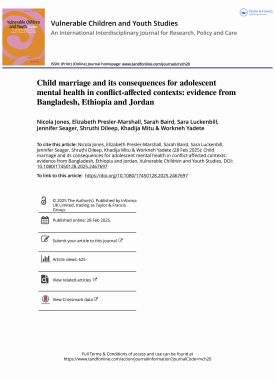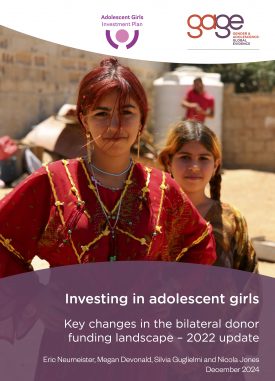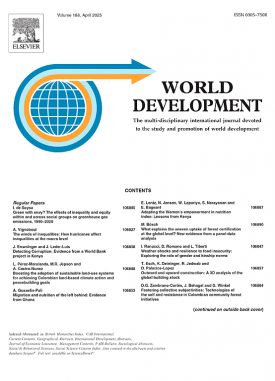A central pillar of Agenda 2030 is the pledge to ‘leave no one behind’ – a pledge which must not be viewed as a separate course of action, but intrinsic to the achievement of the Agenda as a whole. Moreover, the United Nations (UN) member states made a commitment to reach those furthest behind first, and to fast-track them within the global agenda (United Nations, 2015). Nearly five years into implementation, and as the Inter-Agency and Expert Group on Sustainable Development Goal Indicators (IAEG-SDGs) prepares for the 2020 Comprehensive Review, we must consider progress against this pledge.
Though the UN Statistical Commission (2019) has highlighted data disaggregation as a key priority, the indicator framework is not delivering sufficient granularity on age and gender differences to be able to measure progress among particular groups. With only 18 SDG indicators explicitly calling for disaggregation by gender and adolescent- or youth-specific age categories, too little data has been accrued on young girls’ and boys’ lives, which means that their specific needs and vulnerabilities remain largely invisible to policy and programme designers. Although the years between age 10 and 19 are increasingly recognised as a critical time in which to accelerate progress against poverty, inequity and discrimination and to foster positive development trajectories, this is not matched by global data generated across the SDGs. In the lead-up to the 2020 Comprehensive Review, we present recommendations to bridge this critical gap and highlight the ways in which young people should be considered more explicitly in order to deliver on the promise of the SDGs.
Suggested citation
Guglielmi, S. and Jones, N. (2019) ‘The invisibility of adolescents within the SDGs.’ Policy Note. London: Gender and Adolescence: Global Evidence. (https://www.gage.odi.org/publication/the-invisibility-of-adolescents-within-the-sdgs/)


